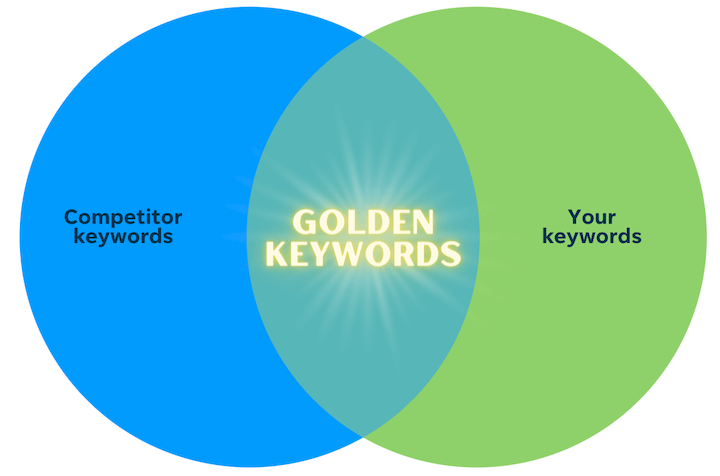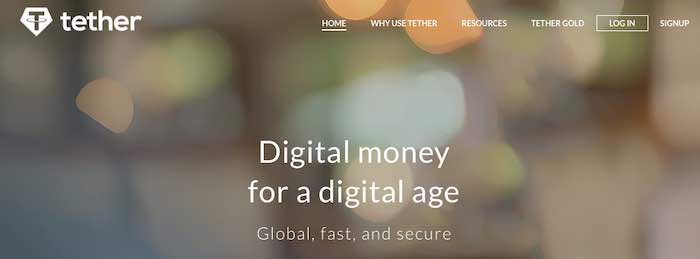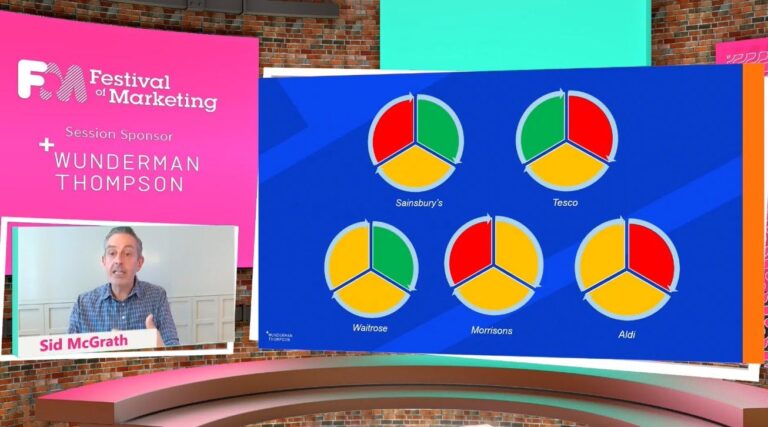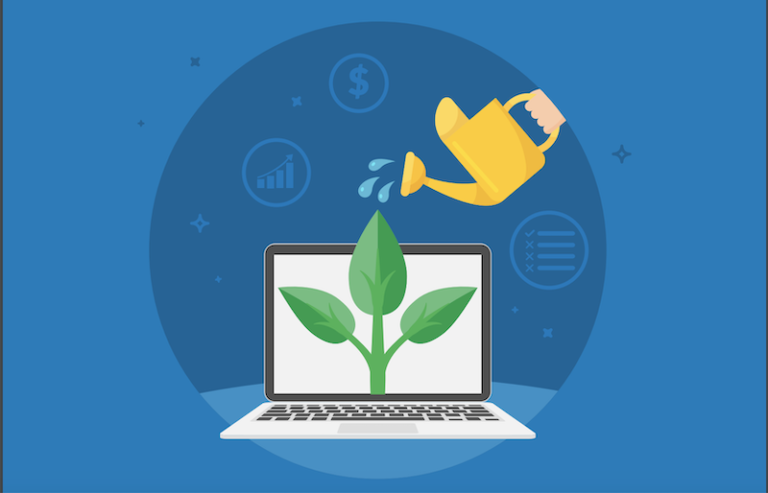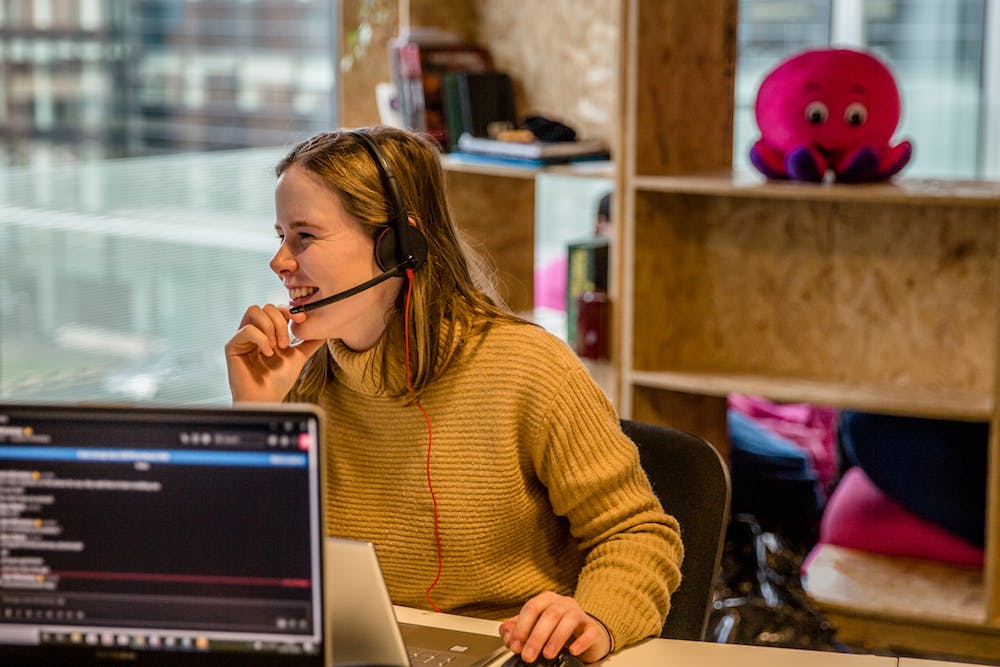
Another service that benefits Octopus Energy customers (and is more directly related to the core product) is the ability to rent thermal cameras in order to determine where heat is escaping in their house, and get advice on how to fix the issue.
“Basically, you are cutting off two way communication and when you do this you’re saying that the customer is not equal. But what’s worse, is that it makes your marketing campaigns ineffective and inefficient because you’re also cutting off that valuable feedback.”
Creating a human experience for customers
“When we put the customer first, when we don’t put off two-way communication, when we make them feel valued and in control, we create this sort of social proof and word or mouth that gets people searching for Octopus Energy online.”
McShane explains how this level of customer satisfaction has translated into a number of accolades over the years, from utility supplier of the year to being Which? recommended four years in a row (and being the only energy supplier to achieve this.)
Alongside customer service and comms, Octopus Energy aims to create experiences that offer both convenience and ‘surprise and delight’ customers. One example of the latter is its ‘wheel of fortune’, which rewards customers who submit meter readings (with the opportunity to win anything between £1 and £500 off their bill). “I think we have around 9,000 or 10,000 winners every single month,” explains McShane, highlighting a simple yet effective way of creating positive sentiment online as well as encouraging customer behaviour that enables accurate billing estimates.
Octopus Energy’s own platform, Kraken, resolve these silos and enables “autonomous teams that are free and empowered to resolve a customer’s issue.” McShane says, “the idea is that the person who answers the call can resolve 95% of all problems a customer might have.” Octopus Energy is able to achieve this due to its unique team structure, whereby customers are assigned to a specific team when they sign up.
“This came about because the regulators of the energy industry make it mandatory that every energy supplier offers energy saving tips to customers, which often come in the form of a blog,” explains McShane. Instead of creating just another blog, Octopus Energy reached out to customers who had much higher heating bills than the average for their sized house. The initiative was so well-received, says McShane, that “this is a permanent feature now, for all customers.”
Enabling two-way communication
Abolishing ‘no-reply’ email addresses, where an organisation aims to reduce the number of incoming messages from customers, is another key element of its communication strategy.
Octopus Energy is a renewable energy supplier with the over-arching goal of fast-tracking the globe to a zero carbon future. On a more local scale, the business also aims to fight ‘fuel poverty’ in the UK – another key part of its customer-centric strategy.
“Each silo is behind a different platform, with a different log-in, with a unique team that looks after that. This is a recipe for a really poor customer experience,” says McShane.
“We’re able to do this because the email has gone through the process I just described, and we know that responses are minimal. We find the responses we do get are just a ‘thank you or ‘great to be on board’ type of messages that don’t need replying to.”
A key part of Octopus Energy’s customer experience is “communicating with customers on their terms” , meaning however and wherever is better and more convenient for them. In fact, says McShane, “I can guarantee that if a customer wants to communicate by interpretive dance, there’s a team of employees at Octopus Energy just willing to reply in the same way.”
Instead of no-reply emails, Octopus Energy takes a test and learn approach to email marketing, sending out emails to incrementally larger audiences based on any feedback they get in return.
“Every time we send it out and make a change, the response rate reduces, until we get to a point where we are happy to send it out to the millions.”
“No-reply emails are [historically] popular – they help us stop bombarding the operations team and putting too much pressure on them”, explains McShane. “But actually, nothing says the customer is not important more than a no-reply email.
In order to further this customer-inclusive approach, Octopus Energy’s CEO sends welcome emails to every new customer from his own work email address. It’s a clever touch, but also acts as proof that the company’s iterative strategy works.
Creating experiences that are worth talking about
And when looking at Google search trends, despite Octopus Energy being the latest to market, the company has continued to grow year-on-year in comparison to its biggest competitors. As McShane reiterates, “that’s largely down to trying to achieve outrageously good customer experience.”
A Guide to Customer Experience Management (CXM)
In order to measure the success of its customer experience strategy, Octopus Energy asked 2000 of its customers how disappointed they would be if they were no longer a customer with the company.
Finally, another source of positive feedback on social media has been Octopus Energy’s focus on web accessibility, cementing the fact that “all the customer experiences are made to work for everybody.”
Max McShane, Head of Digital at Octopus Energy, spoke at Econsultancy Live today about how the energy supplier strives to create ‘outrageously good customer experiences’ – and the successes it has seen as a result.
McShane explains how this approach also enables product and marketing teams – and in fact, anyone within the organisation – to jump in and help the operation’s team resolve customer issues, as everyone is trained on how to do so within Kraken.
“What that means,” says McShane, “is that you are much more likely to talk to someone you have already spoken to in the past. This creates a much more human experience, and makes the customer feel less like just another number.”
The results of its CX strategy
“What that means is essentially we make everything accessible and inclusive for everyone. There’s a wide variety of people who are often overlooked and underrepresented when it comes to considering customer experiences,” says McShane. He also confirms, “we’re triple A compliant throughout the website, and throughout the products that we produce.”
“Every week we get a comment that says ‘can you put me back on hold, I’m listening to an absolute banger’” explains McShane. “That’s a great turnaround from having people in a cranky mood to having people in a much better mood when they get through to a person on the other side.”
A similarly fun initiative is Octopus Energy’s hold music, which – even though the average wait time is around just two minutes – aims to turn around the customer’s mood before they speak to an Octopus employee. The company tailors the music a customer hears, making it more nostalgic or likely to resonate depending on their date of birth.
“We will send out the first email to 100 customers, and we will get replies from those customers – maybe there’s a question we miss or maybe something wasn’t quite clear or a button doesn’t work – and from that feedback we make updates,” says McShane.
The energy industry can be notoriously bad when it comes to customer experience. As Max McShane reminds us, many people are familiar with being put on hold or being passed to various departments, only to have to repeat yourself when you finally get though to a person. Usually, this experience happens due to organisational silos.
“Fifty-eight per cent of our customers said very disappointed, and I think a further 20% or 30% said disappointed,” says McShane, which is a much better result than the wider industry benchmark.

